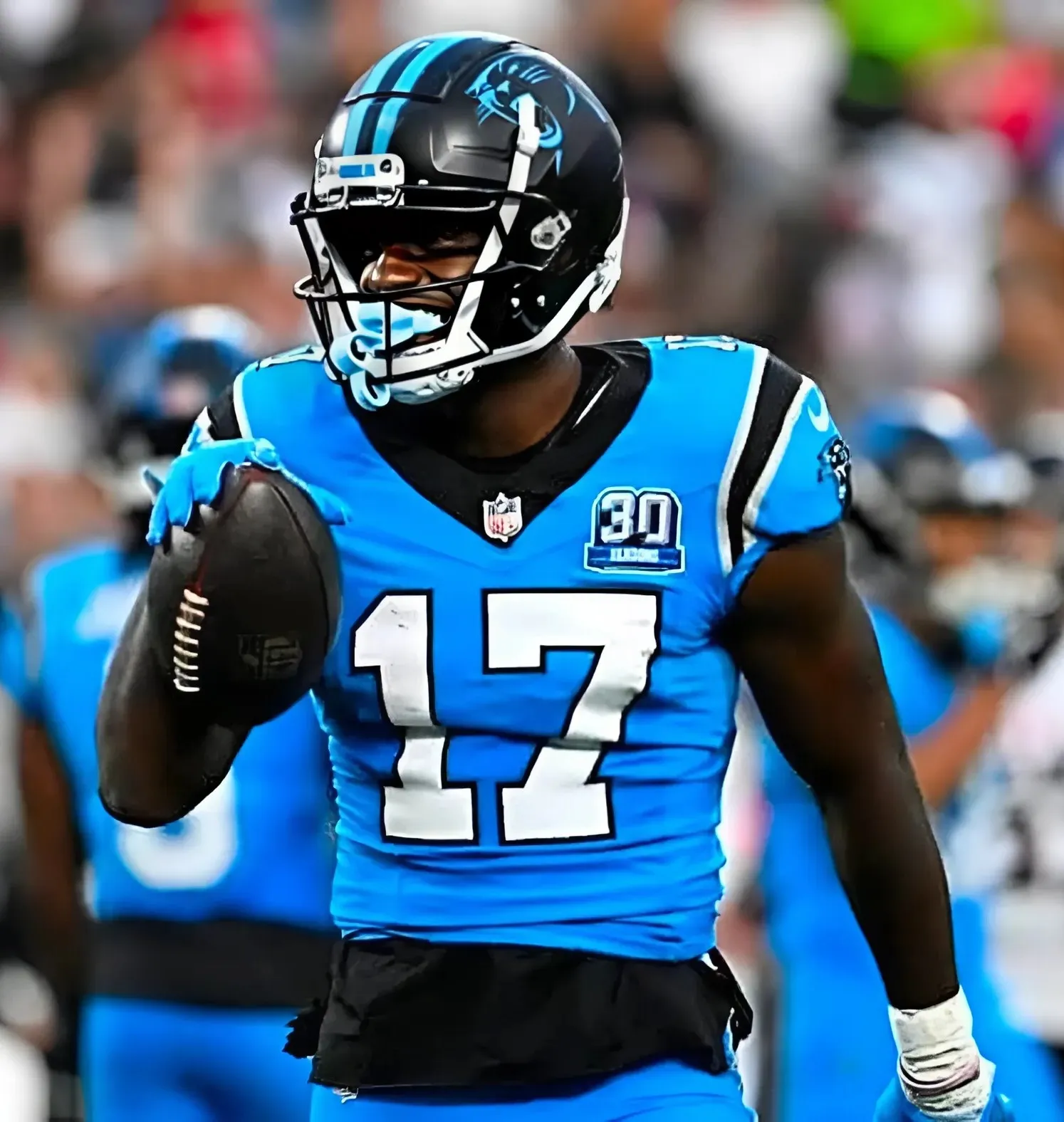In the wake of being eliminated from the playoffs by Mikko Rantanen and the Dallas Stars, the Colorado Avalanche have a plethora of questions to answer. With no draft capital and the potential need to replace Brock Nelson as the second-line center, management will have to get creative.
The Avalanche have just two picks in the 2025 NHL Draft – a fourth- and seventh-round pick, respectively – which presents challenges for re-stocking the cupboard. While that might seem extreme, trading draft capital for a chance to win now is absolutely the right decision.
Winning a Stanley Cup is Extremely Difficult

The simple fact of the matter is that it is extremely tough to win a Stanley Cup. Several franchises have been around for decades and haven’t pulled out the big win. The Avalanche, who have largely been a contender in their 29-year existence, have managed to win the Cup three times in that span.
The competition at the top is extremely tight, and a few bounces can make a world of difference. To be a champion, your lineup can’t have many holes, and that requires paying in both monetary and asset contributions. For the Avalanche, who have a strong lineup from top to bottom, those draft picks aren’t going to help them contend in the next few seasons.
Having the kind of lineup that the Avalanche do is something that most teams dream of. Though there are holes that need fixing, teams like the Avalanche are smart to fill those holes with proven commodities rather than holding onto draft capital that may produce 2–5 years down the road.
Draft Picks are Even Tougher to Hit
There has been something of an overvaluing of first-round draft picks in NHL circles in recent years. Yes, hitting a home run on a draft pick can result in a foundational piece for years to come. But how likely is it that a team is going to “hit” on that pick?
For a team like the Avalanche, who will be picking in the late 20s (at best), the rate isn’t great. Sure, there are some gems – David Pastrnak was taken 25th, Daniel Briere 24th, etc. – but the odds of getting even 100 games out of a player at that draft position are slightly better than 50/50.
That’s not even counting the impact they will have if they do stick around. More often than not, teams are getting serviceable but not impactful players. Moving those assets for a player like Brock Nelson comes with risk, but you have a better idea of what you’re getting. Players taken at the end of the first round more than likely aren’t going to be seen for at least a few years, then need to develop from there.
Those draft picks, especially first- and second-round picks, are much more valuable as trade chips to contending teams. The draft is to find foundational pieces and then build around them with complementary pieces. Sometimes, it is better to use draft capital to find more proven complementary pieces that can help a team win now.
The Window Is Open with MacKinnon and Makar
The Avalanche are fortunate because they are a team with multiple foundational pieces (albeit one less after this past season). Nathan MacKinnon and Cale Makar are arguably the best at their respective positions, each what could be referred to as “franchise players.”
When you have that kind of high-end talent, it is important not to waste their best seasons. MacKinnon will be 30 years old by the time the season starts, and Makar will be 27 years old in the first month of the season. They aren’t old, but the window for contention shrinks with each passing season.
The window doesn’t just open for every team (ask the Buffalo Sabres). The Avalanche are unique in that they have these pieces that will make them a very good team, at worst, and need to supplement those players with proven pieces. Moving draft picks that may help in the future for pieces that can help win now means maximizing the championship window.
The Uncertainty of the Future
For rebuilding teams, the future is clear: draft young talent and hope that a few of them hit. For a team like the Avalanche, the time to win is now and will be there for as long as MacKinnon and Makar continue to dominate. Getting the most out of that production is the number one priority.
Though the future may look a bit more challenging with a lack of serious prospects in the mix, it is a manageable problem to have. The Tampa Bay Lightning have taken a similar approach, and the result has been a pair of Stanley Cup titles, a third trip to the Final, and at least a chance to make some noise in the playoffs. That is the kind of success the Avalanche should be striving to achieve.
-1744854588-q80.webp)


